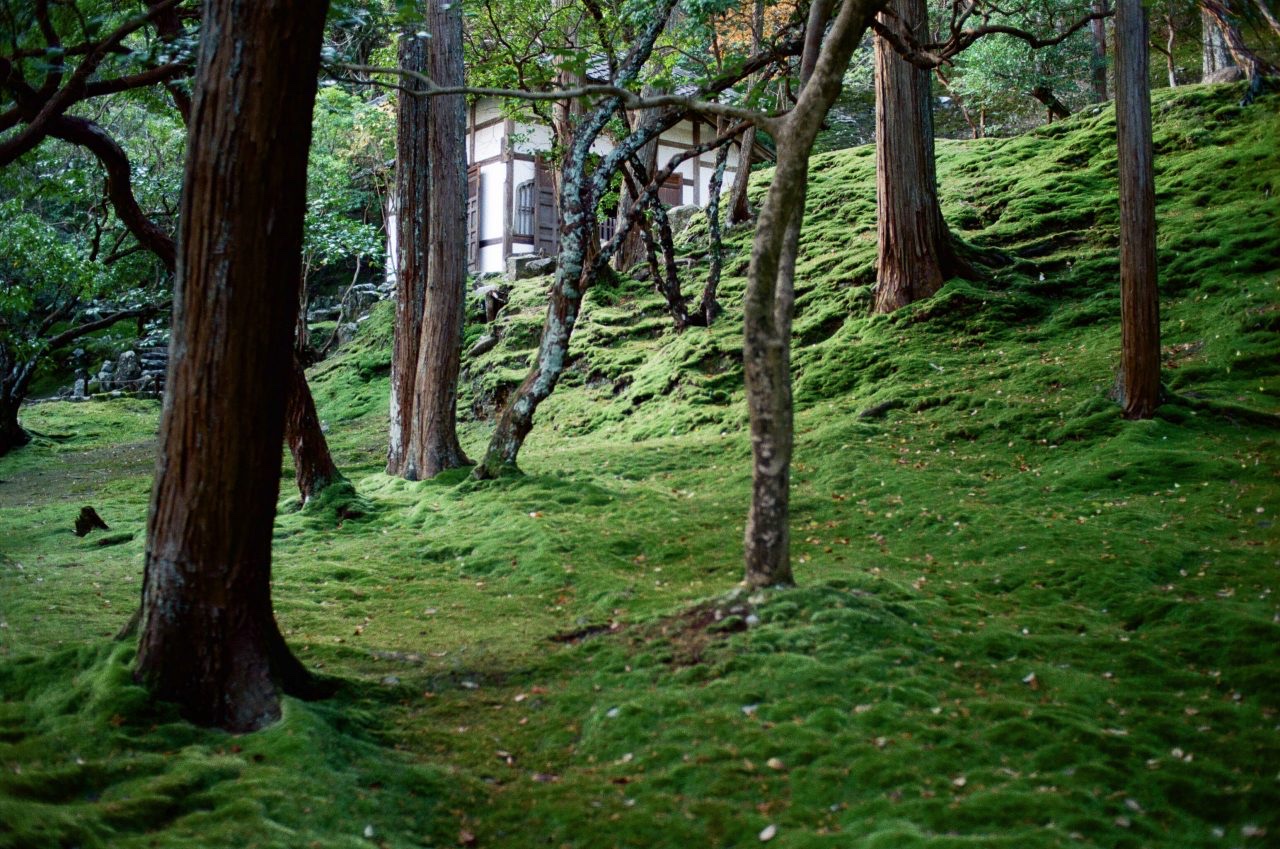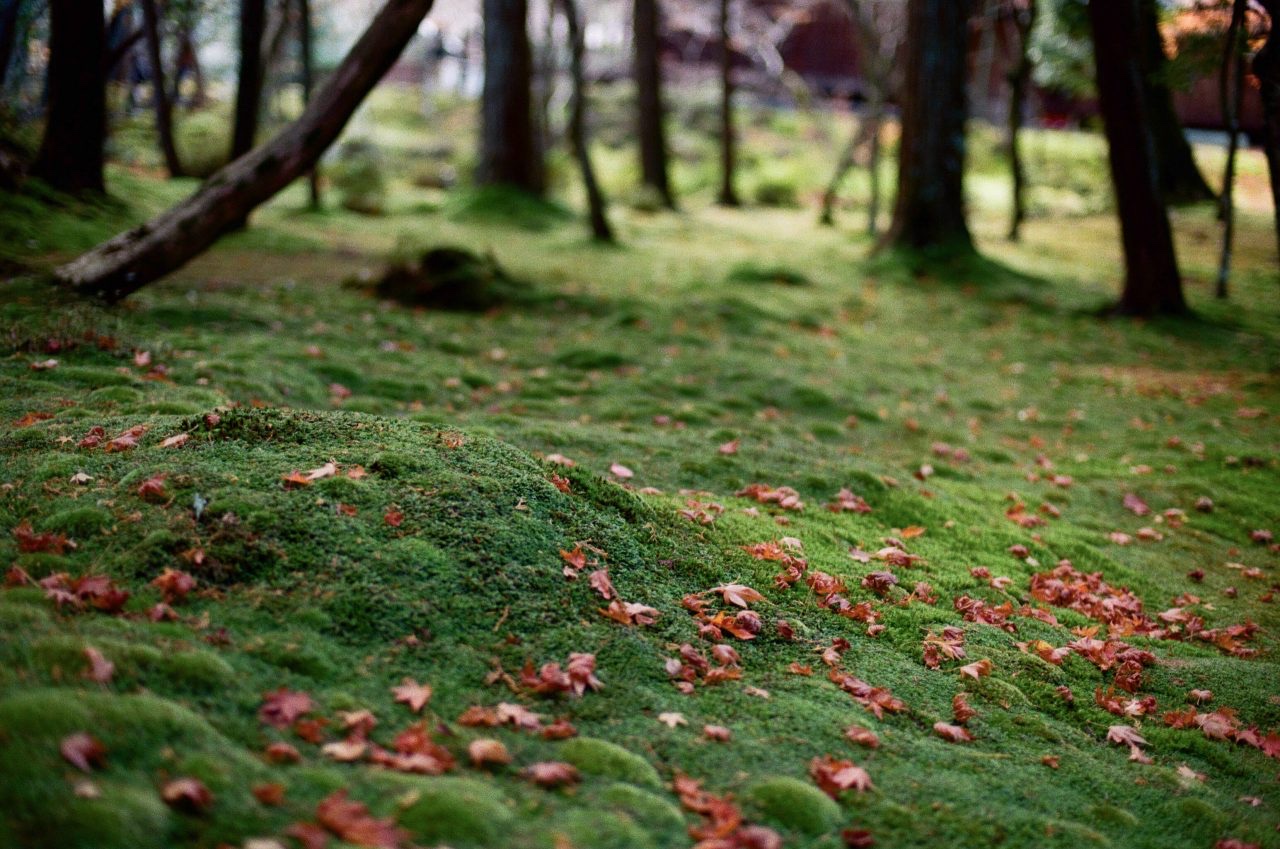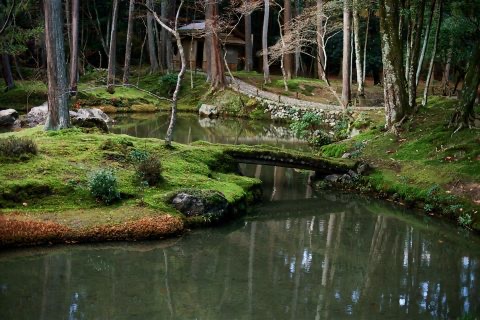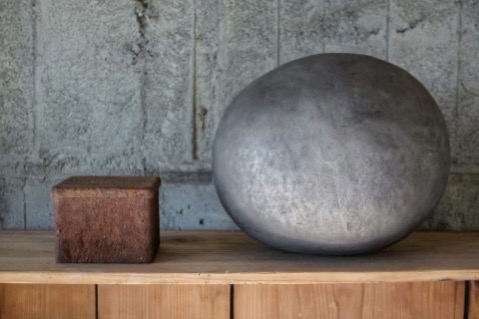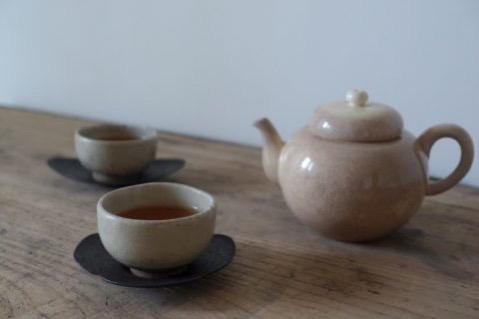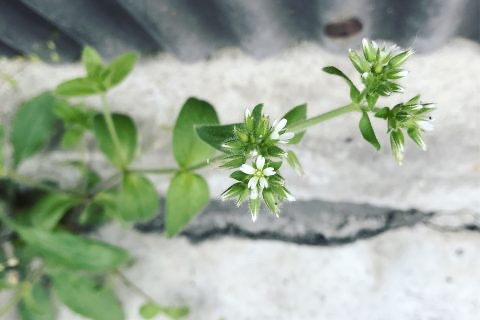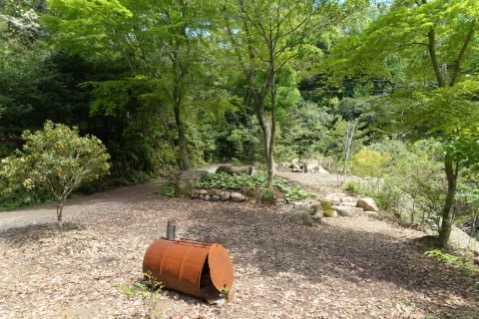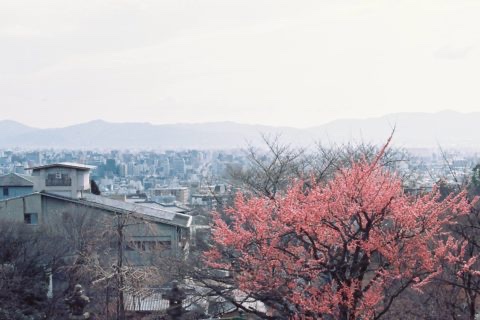
每次走進寺廟的園林之間,便不自覺地垂下頭來,目光追尋著樹木上、石頭上的苔蘚。這種如同絨毛的植物,微小卻強壯,無聲無息地舖蓋在角落裡,低調得有時讓人忽略它的存在。
要說苔蘚的美,那定是一種閒靜的美,風來時,它不動,四季裡也不開花結果,只要水份與濕氣充足,便一臉綠油油,似無變化,可變化又在光影裡。陽光燦爛的日子,它們來漾出了閃光,有時也會垂頭衰氣的時候,陰冷時,寒冬裡,臉上便濛著一層淡棕。
苔蘚在日式的庭園裡不可或缺,地動天搖仍不為所動的石頭,在年月與天氣變化之間長出了無數且種類不一的苔蘚。堅硬剛毅被幼嫩的青綠所包裹著,在日本人看來,苔蘚生自石頭的內部,將石頭的本質以另一種的生命形態展現出來。庭園裡少不了樹,然而植樹不只為賞樹,也為賞樹影,更有「樹影比樹更美」之說。樹影之下的陰涼處,苔蘚茂盛也長成了綠地毯,描畫出樹木生命的軌跡,是唯大自然所能創作的藝術品。
有一年訪京都被稱為苔寺的西芳寺,正值秋末雨天的午後,陽光灰濛濛,湖面彷彿飄著霧氣,寺內滿園蒼綠,樹影之間,被雨天打落的細小楓葉灑在舖天蓋地的苔蘚上,萬綠之中數點紅,有著人類難以模仿的美意。
在侘寂精神的影響之下,日本自古以來對於人類伸手難及,無法拿控的美感情有獨鍾。苔蘚隨水與氣侯而來,自由自在,簡樸靜好,怎會不打動人心?
Wandering in temple gardens, my eyes are always unintentionally attracted to the ground, in search of the mosses carpeting the trees and stones. These velvet-like mosses are micro but unproportionately strong. Humbly covering corners of the ground, their subtlety sometimes leave them with no attention at all.
The beauty of moss is for sure its tranquility; it doesn’t sway in the wind, it doesn’t bears flowers all year round. With the adequate amount of humidity, its crisp greenness stays all the same. However, with different shades of sunlight, the unchanging moss appears slightly different. It looks sparky on sunny days, and brownish during cloudy winter times.
Moss is an indispensable component in Japanese gardens. Rock stay firm and steady against any change in climate and weather, providing the perfect surface for different types of moss to grow. Looking at the delicate greenness blanketing the solid rock, Japanese see moss as something that grows from inside of the rock. They believe moss depicts the nature of rock in an alternative form. Trees are necessary for any garden, but visitors’ fondness is not limited to the actual trees; the shadow of trees is equally praiseworthy, if not even more deeply adored sometimes. The space cooled by the shade of trees is also a perfect place for moss to grow. The green bedding of mosses outlines the trajectory of a tree’s life like an artwork created by mother nature.
I once visited Saihō-ji, which is also known as Koke-dera (the moss temple), on a late autum afternoon. A morning rain gave the afternoon a rather livid sun. A layer of fog floated above the temple pond, pieces of small maple leaf were blown off by the rainy wind and lied on the natural carpet of mosses. In between the ashy green leaves and shadow of trees, the green moss carpet was decorated by dots of red maple leaves, together they created an refinement that is somehow beyond human’s creation.
Wabi-sabi taught generations of Japanese to appreciate and admire the uncontrollable beauty and inaccessible grace of things. Moss is an unhinged plant that grows freely with any suitable climate and humidity, together with its modest and peaceful nature, it is not difficult to understand Japanese’s love for this small plant.
